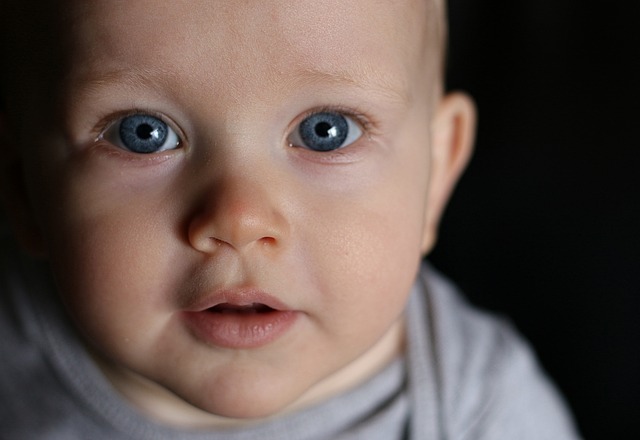CGS-authored

Over the past few years, researchers have developed a set of powerful new techniques for altering and synthesizing DNA. These “gene editing” tools can be used on all living organisms: microbes, plants and animals, including humans.
Human gene editing raises enticing possibilities, but also a host of thorny social, policy and ethical challenges. The most consequential is whether it should be used in human reproduction to alter the genes and traits that would be passed down to future children and generations.
Let’s first consider the exciting prospect of gene editing as a therapy: to target the cells and tissues of people who are sick, in an effort to treat and perhaps even to cure serious disease. Gene therapy first sparked high hopes more than two decades ago, when it was based on earlier genetic modification methods. Clinical experiments during the 1990s and 2000s were largely unsuccessful and, in fact, produced some tragic outcomes.
Gene editing has revived these hopes. Clinical trials are underway to determine whether new gene therapies can be made safe and effective. Hopefully, the trials will succeed...



